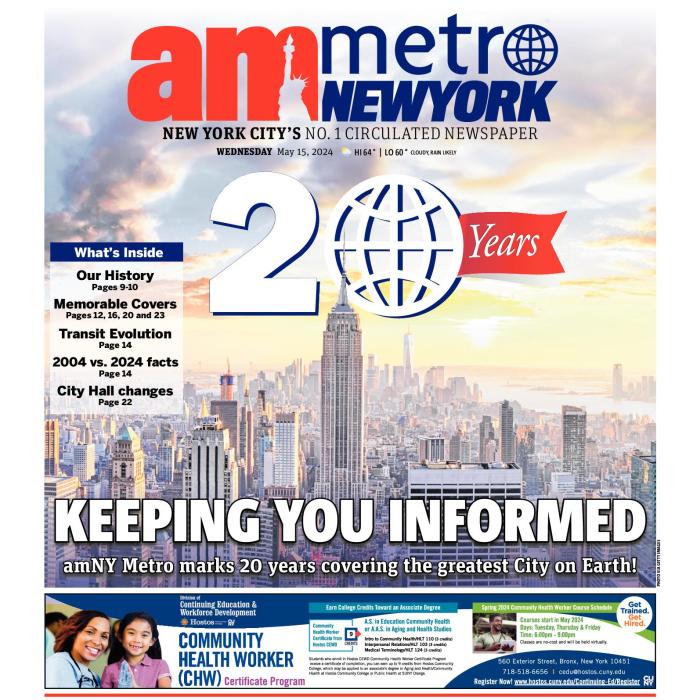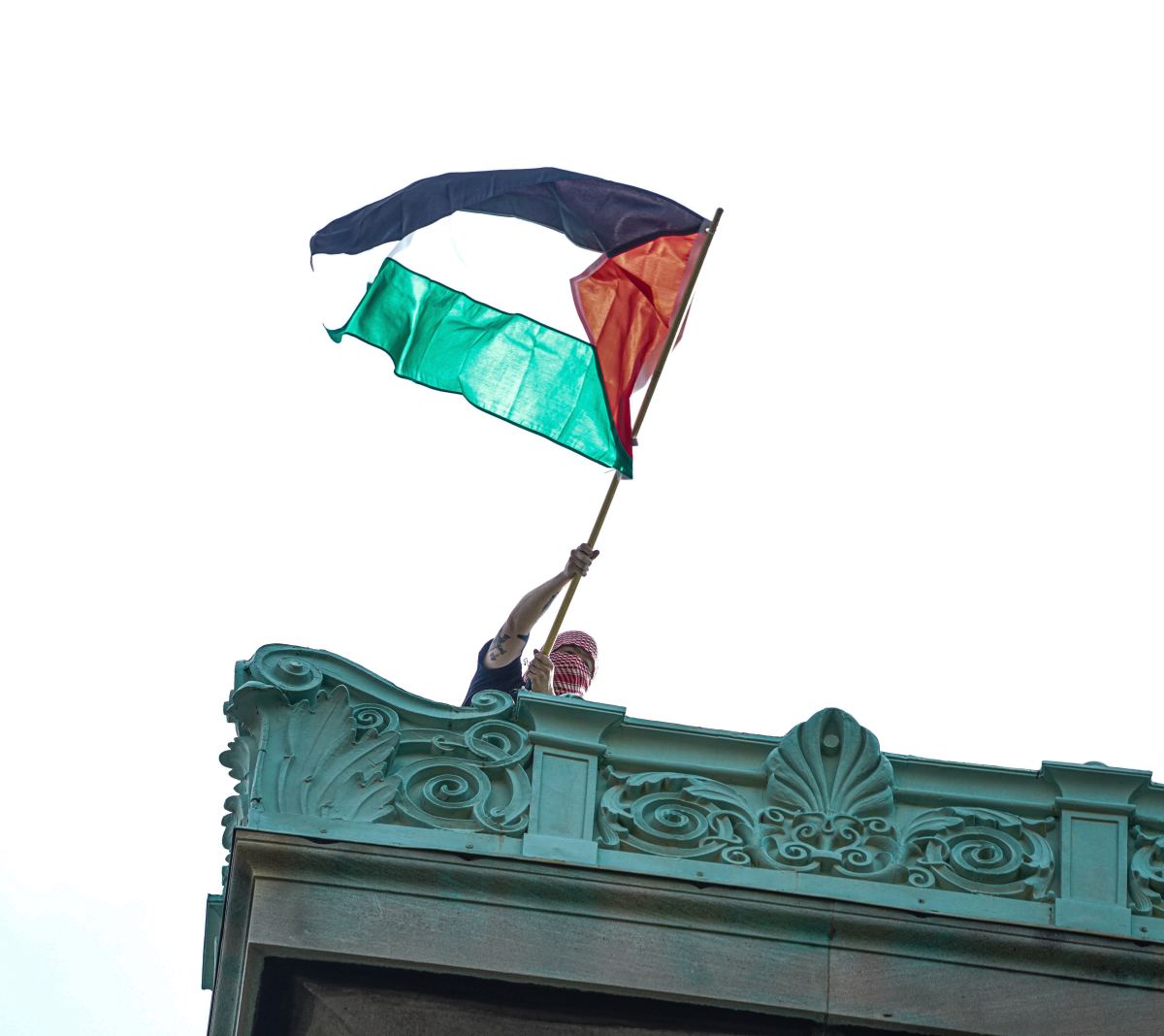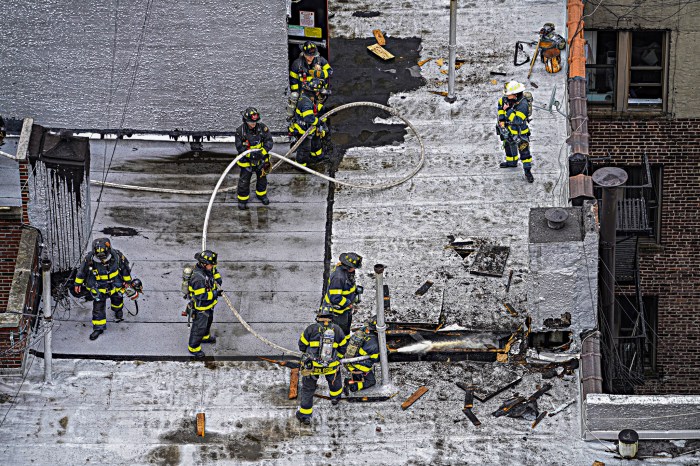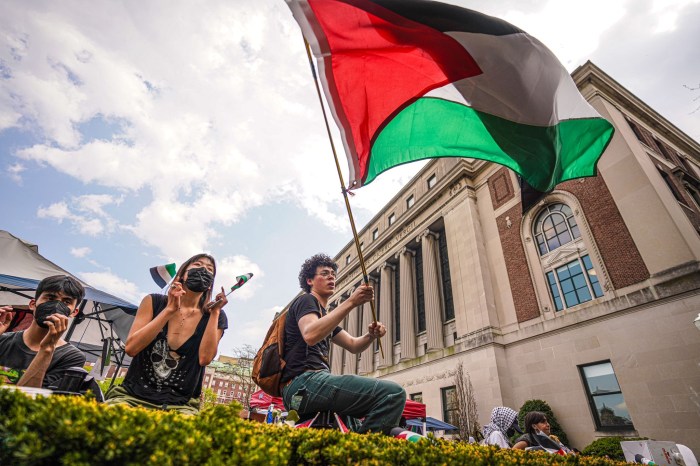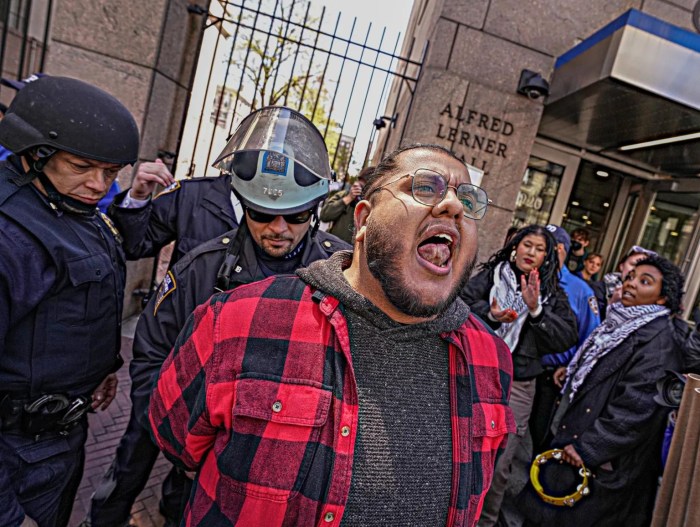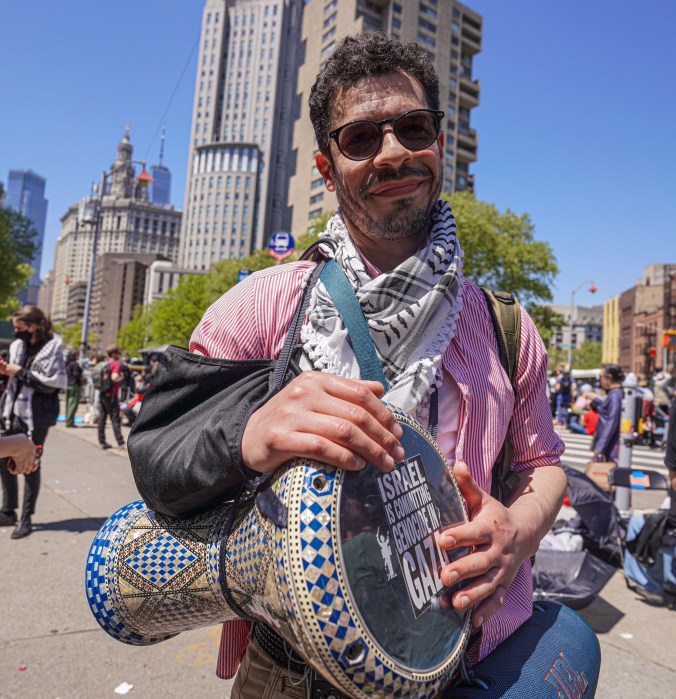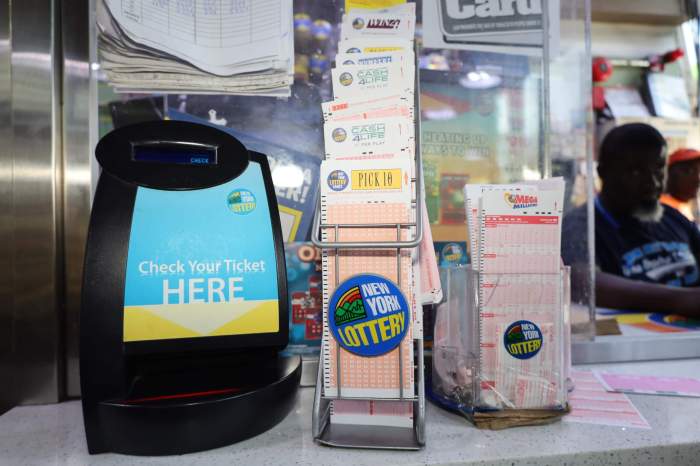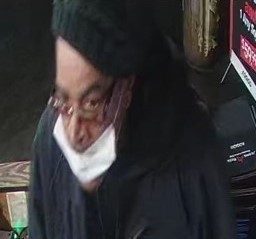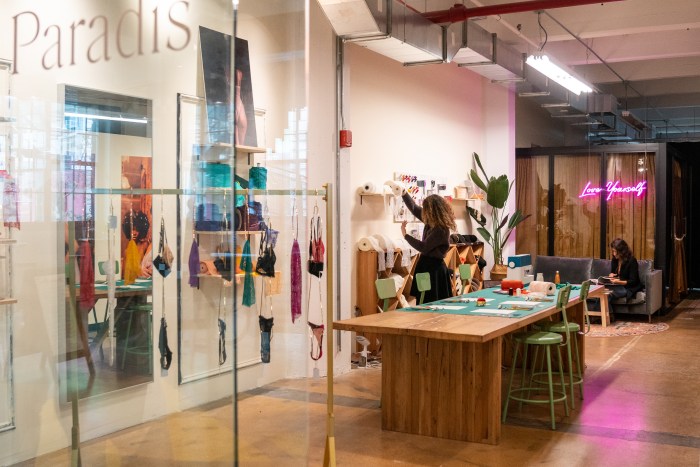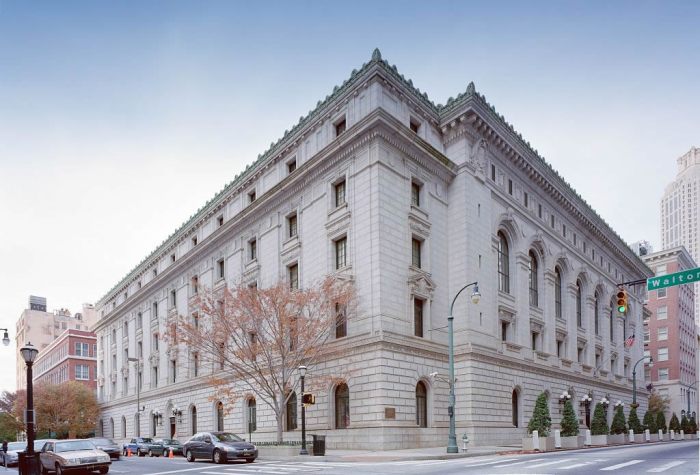Columbia University is in a state of utter chaos Tuesday, with access restricted and press barred after pro-Palestine protesters besieged and occupied a building on campus in an ugly, violent turn of events.
According to those inside the campus, the students who had participated in the nearly two-week long encampment stormed Hamilton Hall near the corner of 116th Street and Amsterdam Avenue. Between 60 to 100 protesters apparently barged into the building just after midnight Tuesday — taking hammers to windows, smashing glass, ripping down barricades near the doors, and blocking the entrances.
Insiders also report that the invaders began breaking furniture and using it to lock themselves in.
Based on information obtained from the site, including video, law enforcement agents believe the siege was instigated by outside agitators who, as Mayor Eric Adams described during a Tuesday evening briefing, are “actively coopting a peaceful gathering.”
“They’re here to create discord and dissonance,” Adams said during the presser at One Police Plaza. “That’s why I’m urging every student and every protester to walk away from this situation now, and continue your advocacy by other means.”
And yet, as of 6 p.m. April 30, Columbia University did not request police intervention on campus.
The siege began after Columbia University administrators announced earlier that afternoon that they had begun suspending students for failing to disperse for a 2 p.m. deadline. The exact reason which motivated the invasion of Hamilton Hall was not yet known.
With the building completely occupied, protesters wearing masks and keffiyehs unfurled a gigantic banner from the top window reading “Free Palestine.”
CUAD (Columbia University Apartheid Divest), one of the groups participating in the protests at Columbia, said on X (formerly Twitter) the building had been “reclaimed” by an “autonomous” group and renamed for Hind Rajab, a 6-year-old girl said to have been killed amid the ongoing Israel-Hamas war in Gaza.
Hours later, a spokesperson for the group laying siege to Hamilton Hall apparently requested that the university continue to fulfill meal plan obligations to the siege participants.
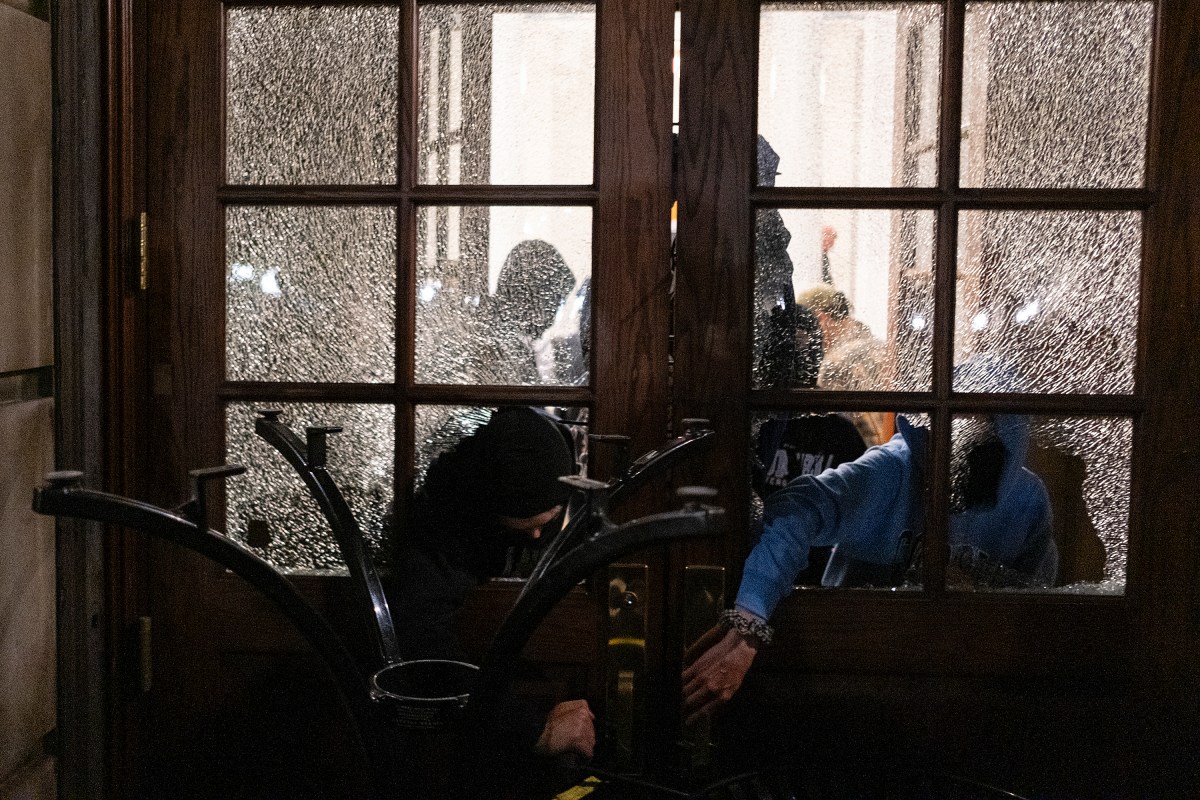




Access restricted elsewhere
Incredibly, even after hours of occupation, the school has yet to call for a police presence inside of the now out-of-control college. NYPD could be seen off-campus circling the area.
The Columbia Spectator, the university’s newspaper, reported that Columbia has “indefinitely restricted access” to the Morningside campus on Tuesday morning. Only students living in on-campus residential halls and essential personnel are being permitted on site. The university has also sealed off all access points except for gates near 116th Street and Amsterdam Avenue.
Tuesday morning, a source familiar with the situation said that all media access to Columbia has been suspended. Only individuals with valid Columbia IDs and essential staff are now permitted while an entire building of the campus remains under siege.

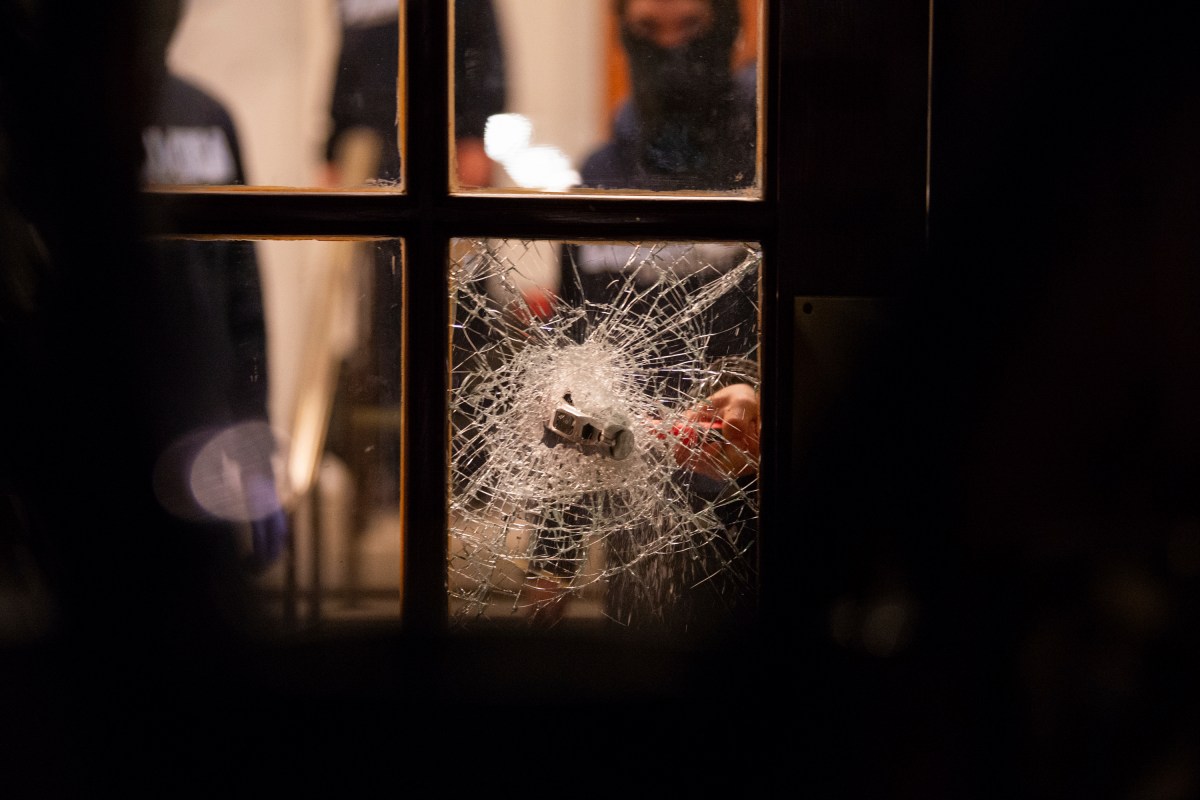
Meanwhile, a small band of protesters gathered outside in support of the mayhem. In one incident some people tried to scale the building from the outside and enter through unlocked windows to join cohorts inside.
The events seem to be history repeating itself. Back in 1968, civil rights and anti-Vietnam War demonstrators at Columbia University similarly stormed Hamilton Hall. That protest ended with more than 700 arrests amid clashes between demonstrators and NYPD officers.
In a statement released Tuesday afternoon, Columbia University said it regrets “that protesters have chosen to escalate the situation through their actions,” and that it made “very clear yesterday that the work of the University cannot be endlessly interrupted by protesters who violate the rules.”
Columbia indicated that “students occupying the building face expulsion.” Those who failed to abide by the university’s 2 p.m. Monday deadline to leave the encampment “are now being suspended.”
“Protesters have chosen to escalate to an untenable situation — vandalizing property, breaking doors and windows, and blockading entrances — and we are following through with the consequences we outlined yesterday,” Columbia University said in its statement.
Professional agitators
Deputy Commissioner of Intelligence and Counterterrorism Rebecca Weiner indicated that professional agitators “known to the department for many years” of meddling in insurgencies such as Occupy Wall Street are working to influence and incite rebellion among Columbia students.
During Monday’s siege, Weiner explained, it appeared the participants were employing various professional tactics that may have been provided to them by the agitators — from destroying cameras to de-arresting tactics to assembling barricades.
Police Commissioner Edward Caban said the ball of action to end the siege laid firmly in Columbia University’s court. He said the NYPD is ready to go, but can’t do so involuntarily.
“The right to protest is critical to our democracy and the NYPD’s job is to protect that right,” Caban said. “We will never tolerate violence or property damage. Once the university asks for our help, the NYPD will be there ready to assist them.”

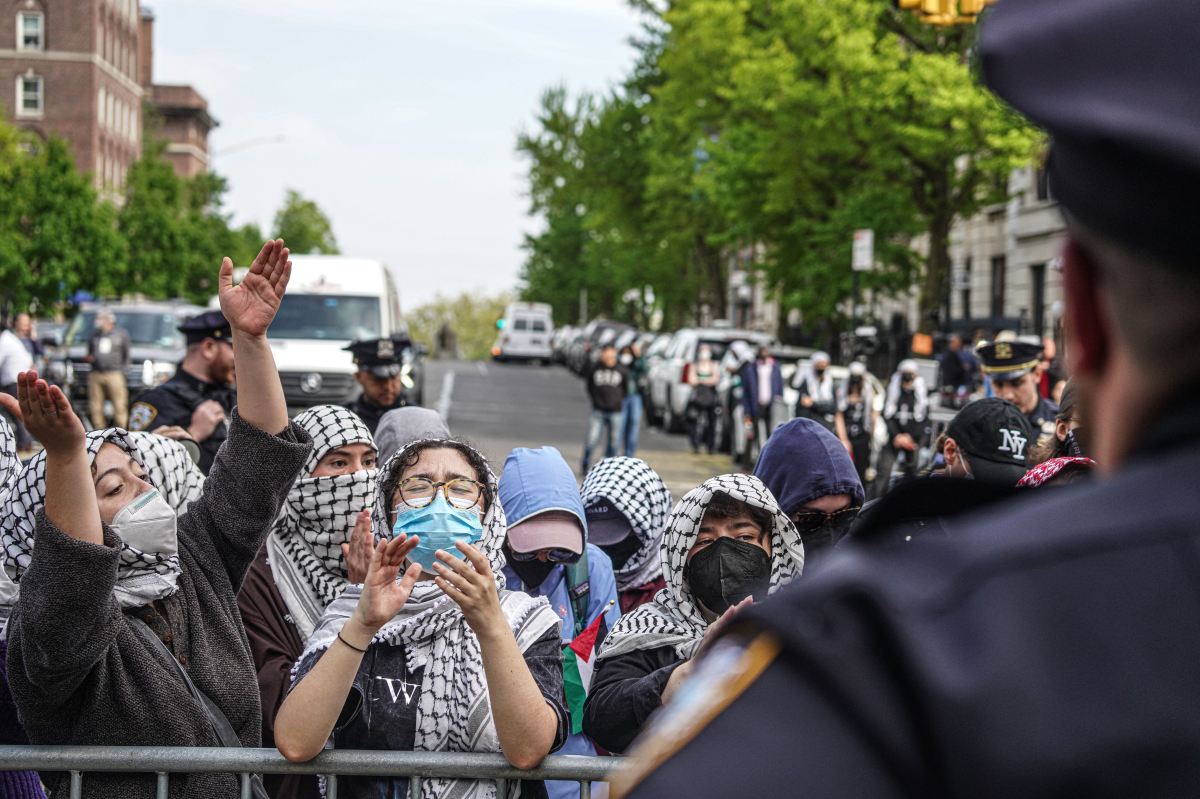
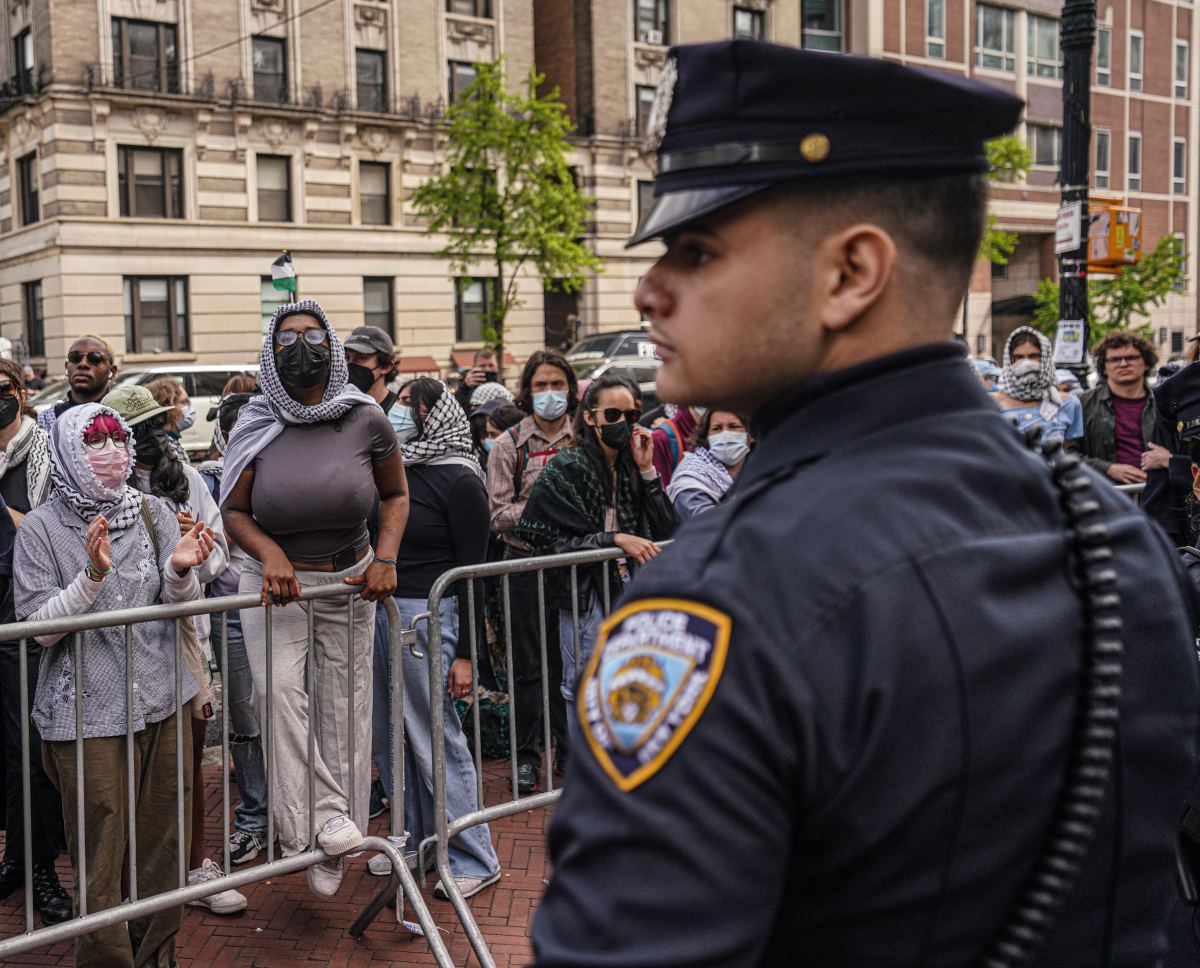
Adams: NYPD will act ‘when they ask us’
Meanwhile, at his Tuesday morning press briefing at City Hall, Mayor Eric Adams weighed in on the situation.
“Our college campuses cannot be used to a call for the extermination of any group,” Adams said, referencing some of the antisemitic rhetoric reported in recent days during the Columbia protest. “Some of the terminologies that were used were just really harmful and despicable. That’s not who we are as a country. You can’t call for peace by using violence. That’s not acceptable.”
When asked what the city could do to bring the Columbia chaos to an end, the mayor noted that the city and NYPD would act only when requested by the university.
“We’re going to respect their right to determine when they want a police involvement and when they ask us,” Mayor Adams said. “We’re going to carry out the necessary exercises and do it with a minimum amount of force to not in any way harm faculty, or students, or of the law enforcement personnel.”
The NYPD, at Columbia’s request, has stationed officers outside the campus, but not within it. Still, should the NYPD get the green light to go into the campus and Hamilton Hall, the mayor said it must proceed with caution.
“What’s playing out with taking over buildings, you have to be very careful because it can continue to elevate and we cannot allow the elevation of actions like that,” Adams said.
Meanwhile, Gov. Kathy Hochul addressed the Columbia crisis during an unrelated event on Roosevelt Island Tuesday. She stressed the importance of administrators in moving to “de-escalate the situation, restore a sense of normalcy on campus, and be sure that every student is safe and unharmed.” She also condemned those who raided Hamilton Hall and said that those involved must be held accountable for their actions.
“Again, our number one job is to keep students safe. There are 30,000 students at Columbia University. The vast majority are not involved in the protests,” Hochul said. “There are Jewish students who feel threatened and harassed right now, and there have been times when Arab and Muslim students have felt the same over the last year. There are students who agree with the protesters but left the encampments under fear of suspension. And the vast majority of them are young people who simply want to finish out the semester, study for their exams without interruption, and in some cases, graduate. All of them deserve to be safe.”
